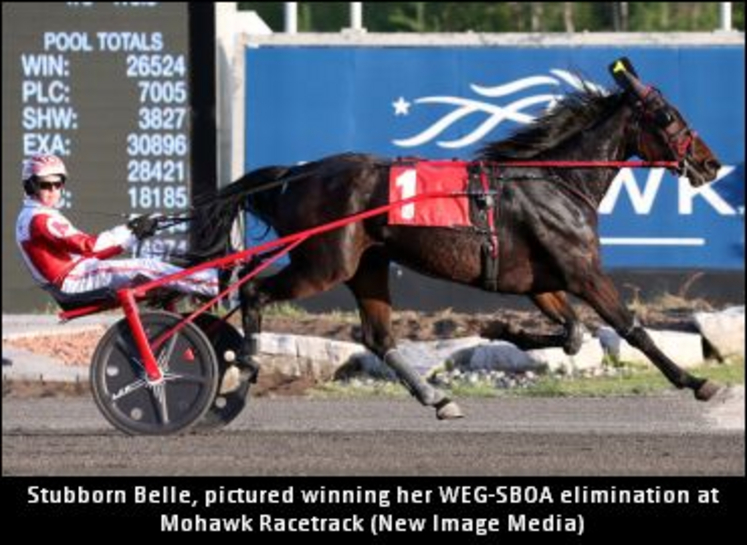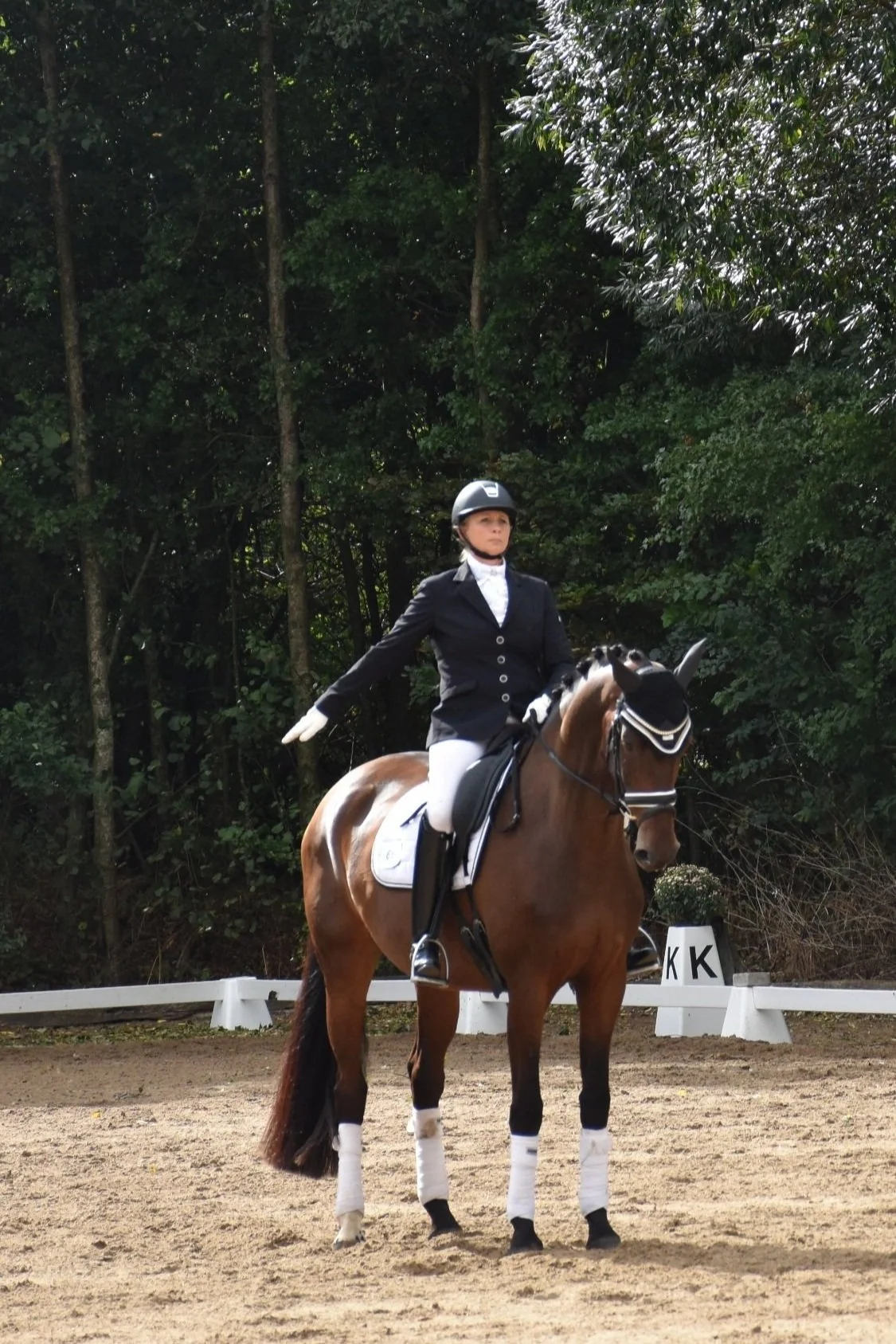Tips for Training a Stubborn Horse

Training a stubborn horse can be a challenging yet rewarding experience. Understanding your horse’s behavior, using the right techniques, and maintaining patience are key to success. This article provides detailed tips and strategies to help you effectively train a horse that may be resistant or difficult to handle.
Understanding Stubbornness in Horses

Stubbornness in horses often stems from fear, confusion, or discomfort. Recognizing the root cause is essential before beginning training.
| Possible Causes of Stubbornness | Description |
|---|---|
| Fear or Anxiety | The horse may resist due to unfamiliarity or past trauma. |
| Physical Discomfort | Pain or health issues can cause reluctance to cooperate. |
| Lack of Trust | The horse may not trust the trainer or environment. |
| Miscommunication | Confusing cues or inconsistent commands can lead to stubborn behavior. |
Tips for Training a Stubborn Horse
1. Build Trust and Rapport
- Spend quality time with your horse outside of training sessions.
- Use calm, consistent body language and voice.
- Reward positive behavior with treats or praise.
2. Be Patient and Consistent
- Avoid rushing the training process.
- Use consistent commands and routines.
- Celebrate small victories to encourage progress.
3. Use Clear and Simple Commands
- Keep cues straightforward to avoid confusion.
- Reinforce commands with gentle physical guidance if necessary.
4. Incorporate Positive Reinforcement
- Reward desired behaviors immediately.
- Use treats, pats, or verbal praise.
5. Address Physical Needs
- Ensure the horse is healthy and comfortable.
- Check tack fit and adjust if needed.
6. Seek Professional Help When Needed
- Consult a veterinarian for health issues.
- Work with an experienced trainer for behavioral challenges.
Training Techniques
| Technique | Description | When to Use |
|---|---|---|
| Groundwork | Exercises done from the ground to build respect and communication. | Early training stages or behavior correction. |
| Clicker Training | Using a clicker to mark desired behavior followed by a reward. | For precise behavior shaping. |
| Desensitization | Gradually exposing the horse to stimuli to reduce fear. | When the horse reacts fearfully to certain objects or situations. |
Frequently Asked Questions (FAQ)
Q1: How long does it take to train a stubborn horse?
A: Training duration varies depending on the horse’s temperament, past experiences, and the trainer’s consistency. Patience is crucial.
Q2: Can stubbornness be a sign of pain?
A: Yes, sometimes what appears as stubbornness is actually discomfort or pain. Always rule out health issues first.
Q3: What if my horse refuses to cooperate during training?
A: Take a step back, assess the situation, and try to identify any underlying causes. Adjust your approach accordingly.
Q4: Are treats necessary for training?
A: While not always necessary, treats can be a powerful motivator and help reinforce positive behavior.
Conclusion
Training a stubborn horse requires empathy, patience, and the right techniques. By understanding your horse’s needs and building a trusting relationship, you can overcome challenges and enjoy a rewarding partnership.
This article is designed to be SEO-friendly by incorporating relevant keywords such as “training a stubborn horse,” “horse behavior,” and “positive reinforcement.” The use of tables, lists, and FAQs enhances readability and user engagement.
